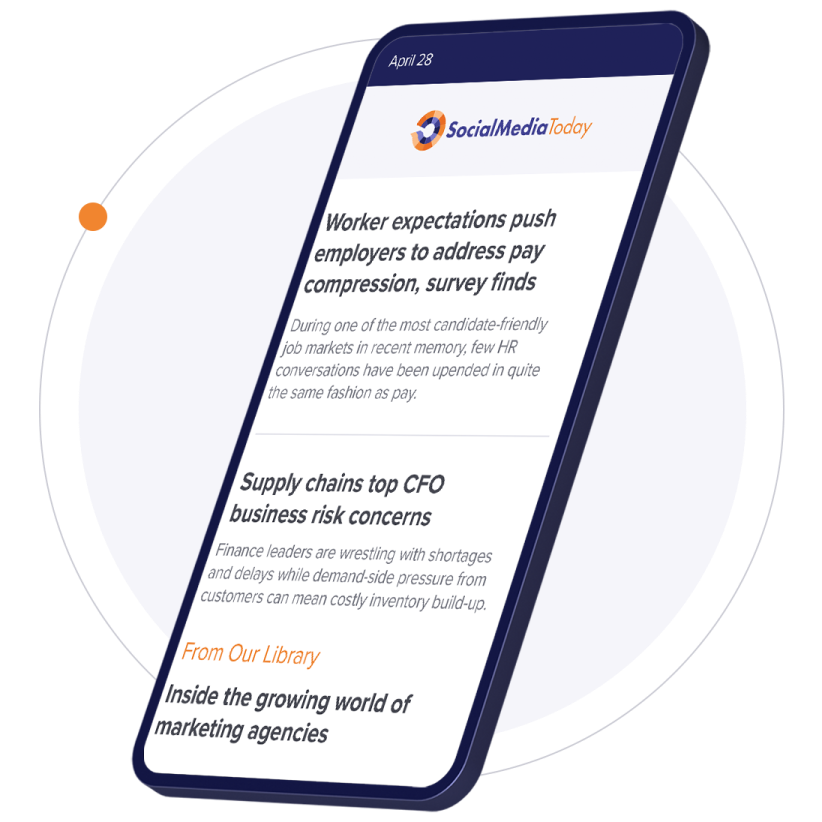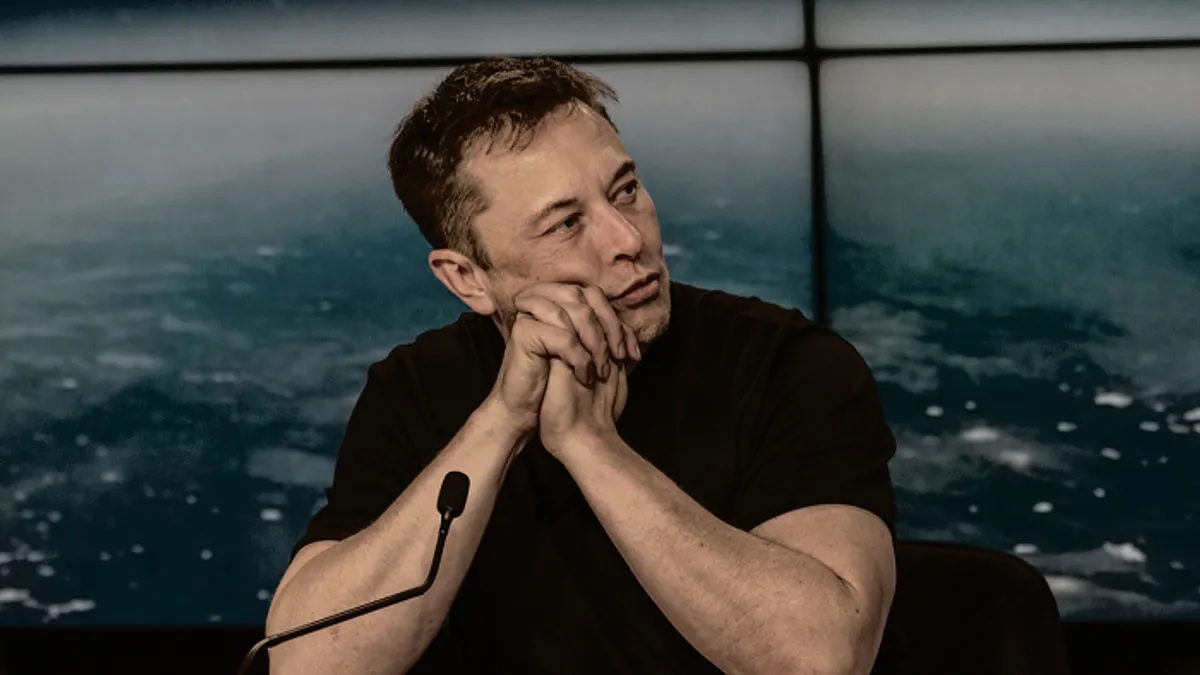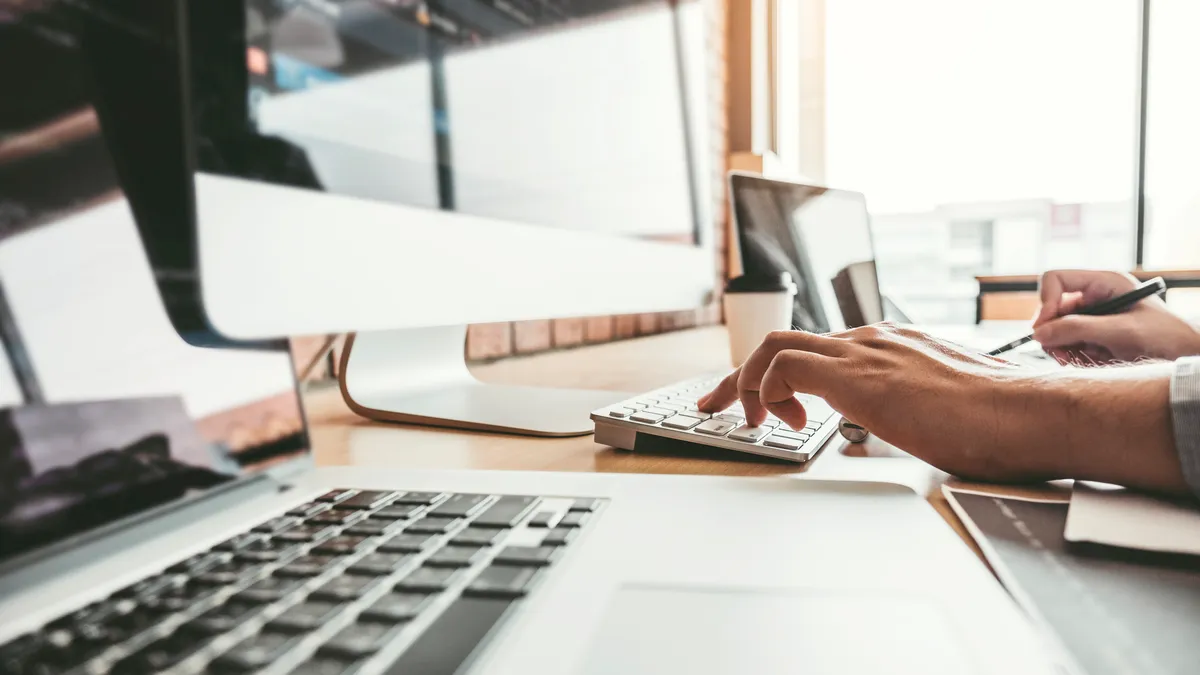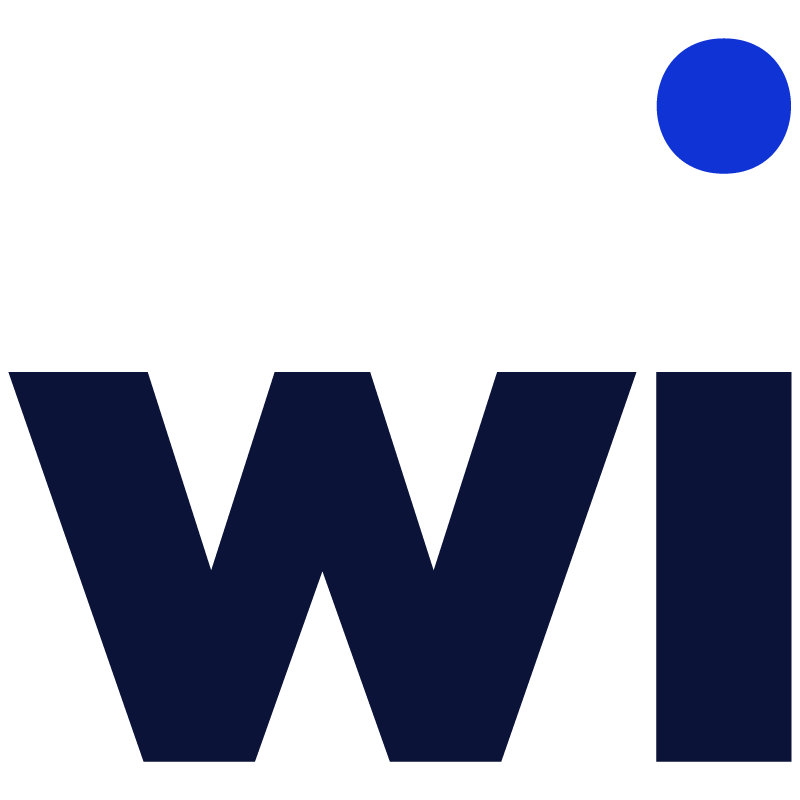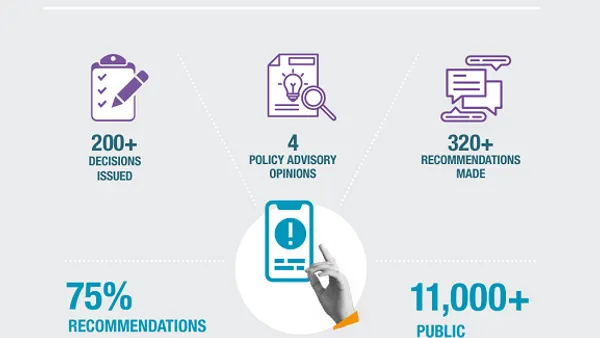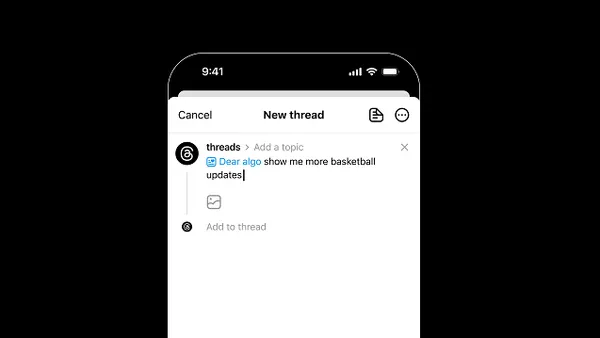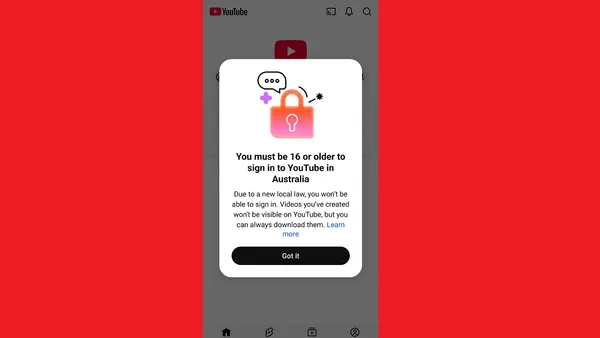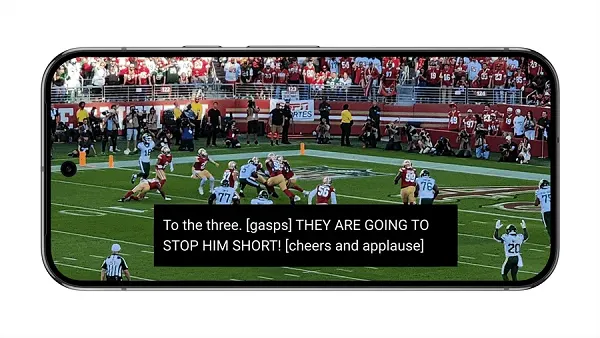In response to a raft of user questions about its pilot program to allow previously banned channels to return to the app, YouTube has provided some more context on some of the key elements, in order to clarify the process, and who, exactly, will be allowed to return.
YouTube’s “Second Chance” program will enable some creators that have received permanent bans to potentially return, and resume posting their clips. The initiative was implemented in response to requests from the Trump Administration to reinstate popular accounts that had been banned under pressure from the Biden White House, largely related to censorship of content about COVID-19.
And while YouTube is set to reinstate various channels under this program, there are some provisos within this, with channels banned for especially egregious violations not up for consideration for reinstatement.
On this front, YouTube says that:
“Terminated creators are not eligible to request a new channel until one year after their termination date. This pilot also won’t be available to creators terminated for copyright infringement or those who have violated our Creator Responsibility policies.”
So it’s not a free-for-all all, and not all creators will be allowed back in the app.
The initiative has also raised concerns about the potential for divisive, offensive, misinformation-peddling channels to be allowed back, and return to broadcasting their messages to YouTube’s billions of users.
Indeed, as soon as YouTube announced the program, controversial podcasters Alex Jones and Nick Fuentes immediately attempted to return to the app.
That’s raised concerns among regulatory and advisory groups, who have been keen to learn more about how YouTube’s going to regulate these returning users, and YouTube has now provided some additional context on its consideration and assessment process.
First off, YouTube won’t let channels apply for reinstatement within one year of their initial ban, which it says is in line with its enforcement decisions, in standing by its original findings.
YouTube says that approved creators will be able to create multiple channels, in line with regular YouTube rules, if they are reinstated, while YouTube also notes that its Community Guidelines and other policies still apply to these returning channels, and creators will not have another opportunity to return to YouTube if they’re terminated again.
“The goal is to foster a platform of free expression, while protecting the YouTube community.”
It’s a controversial initiative, and one that risks platforming a range of potentially harmful content. But YouTube’s content rules remain in place, and it will continue to enforce them, even across these reinstated channels.
The primary focus here seems to be the push to outlaw non-mainstream views on COVID-19, which is a topic that the Trump Administration has weaponized to ignite his supporter base.
So primarily, the program aims to address incorrect bans in alignment with YouTube’s pandemic response, though again, YouTube’s rules have not changed, and will still be enforced, even with these returning channels.

